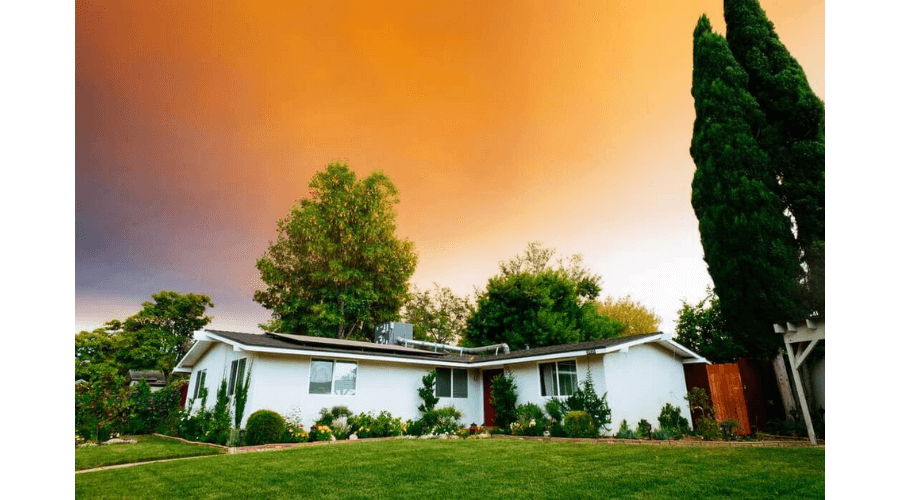How Interest Rates Impact The Property Market
Are rising interest rates keeping you on the sidelines of property investment? Not sure that now is the right time to start or even continue your property investment journey? How does the interest rate affect real estate? If these are some of the questions you’ve been struggling with, then here are some quick observations about the effect of interest rates on the property market that might help you answer a few of these questions.
The relationship is not linear.
While you may know interest rates will rise either this year or the next, you might still be asking, ‘will house prices fall when interest rates rise?’
If you were to look at an interest rate vs. house prices graph, it’s not certain that property prices will decrease linearly when interest rates go up. In the last decade in Australia, there have been instances where interest rates rise, but property prices don’t necessarily fall. For example, in 2011/2012, interest rates were growing in the Australian economy, but many property markets were booming or starting their boom cycles. So it’s not necessarily a foregone conclusion that property prices fall just because interest rates rise.
Households have buffers in place.
There is also no certainty that people will suddenly have to start selling their properties just because interest rates go up. There are other elements to consider. This includes the fact that the emergency buffers people have are at record highs. People’s affordability is higher; many people are in advance of their mortgage payments. Also, households now have so much cash on their balance sheet that if interest rates go up, they can still hold on to their properties.
Inflation is current within the RBA’s band.
While it is rising, inflation is still on the lower end of the RBA’s band. Inflation is still only 2.25% as of February 2022. The RBA’s inflation target is 2-3%. The problem that the RBA is seeing is that inflation is rising rapidly. But the fact remains that it is still on the lower end of this band.
Inflation is not structural but transient.
It’s important to remember that most of this inflation occurs because of transient, non-structural, or temporary bottlenecks in supply chains due to COVID-19. Goods imported into Australia are limited due to the impact of COVID-19, but the demand is still there, meaning that prices are increasing. However, these are not permanent circumstances, and this structural bottleneck will dissipate. The RBA doesn’t want to prematurely increase interest rates, only to find that inflation comes down in six months or a year, and they are stuck with an economy that is deflating or no longer growing.
Rents are rising (low vacancy rates), so smart investors will be fine.
There is a very tight vacancy rate in those areas around Australia where rent is rising. There are just not enough rental properties. This is causing renting rates to rise. Even if interest rates go up, all the best suburbs and locations will see rent continue to grow faster than the impact of rising interest rates.
Don’t buy where owner-occupiers have over-extended themselves.
Markets will see the most downward pressure when owner-occupiers have over-extended themselves and pushed their household finances to buy properties. These are the areas you want to avoid.
RBA doesn’t want to “rob Peter to pay Paul.”
This means that the RBA doesn’t want to ‘rob’ the economy to slow down the Australian housing market. The RBA doesn’t want to increase interest rates too fast, too soon, so that everyone bunkers down and starts selling their houses. At the end of the day, Australia’s economy rests upon real estate.
It’s an exciting time for savvy investors.
It’s becoming even more critical to invest wisely. We are entering into this period where it’s crucial to be more clinical, follow the data, and choose suburb locations carefully. This allows those with a more sophisticated understanding of property investment to benefit and outperform the average investor!
You can be ahead if you invest in the right markets today!
In five years, you will be ahead from a passive income and capital growth perspective if you invest right now in the Australian property market. That is if you choose the right suburbs.
As the adage goes, the best time to buy property was ten, twenty years ago. The next best time is to purchase today. But first, you need to know where and how. The risk lies in investing without a good property investment education.
These are just a few observations designed to provide an objective understanding of how high-interest rates affect the housing market and some factors to consider when deciding when and how to invest in the property market.
Still unsure of whether now is the right time to invest, or do you have some further questions on the effect interest rates have on the property market? Or perhaps you are just looking to further your property investment education to know how to invest wisely, despite rising interest rates? Feel free to get in touch today!
PREVIOUS
How to Double Your Rental Income?

 PK Gupta
PK Gupta






